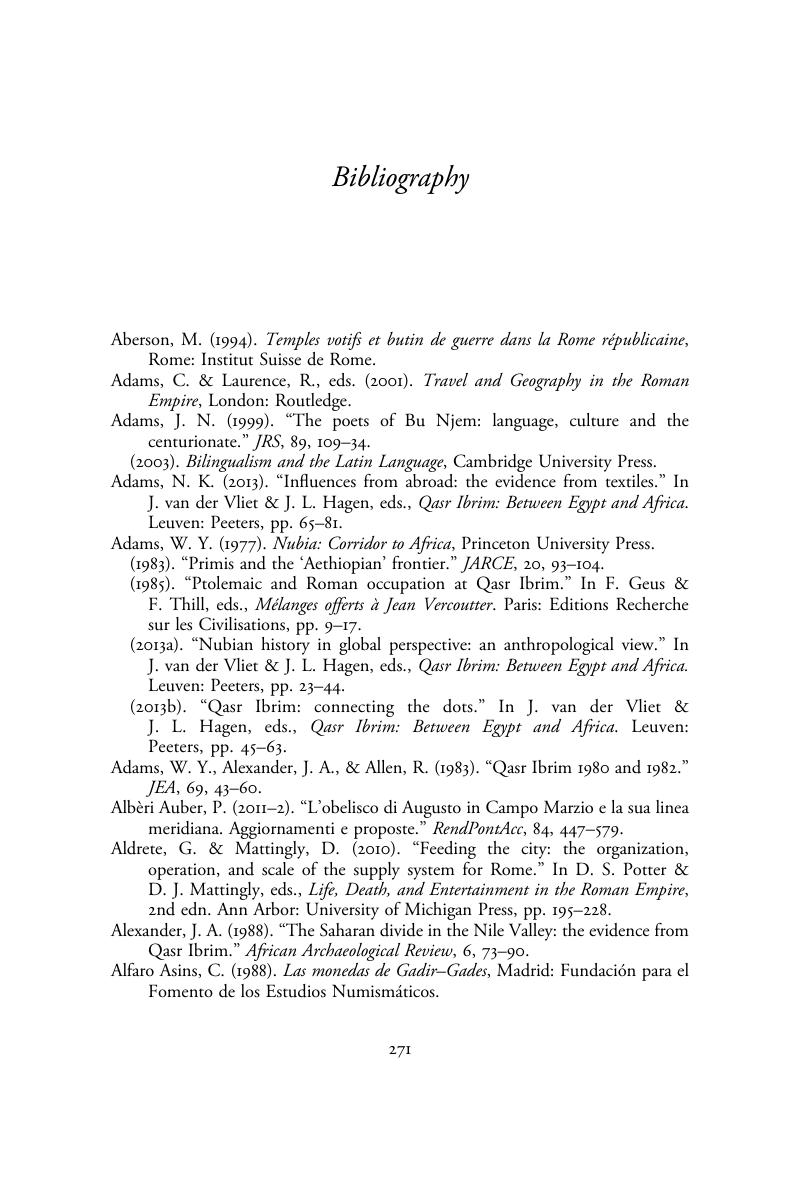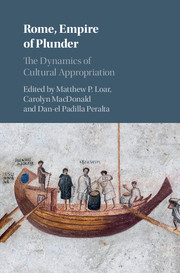Bibliography
Published online by Cambridge University Press: 25 October 2017
Summary

- Type
- Chapter
- Information
- Rome, Empire of PlunderThe Dynamics of Cultural Appropriation, pp. 271 - 319Publisher: Cambridge University PressPrint publication year: 2017



